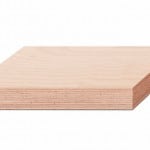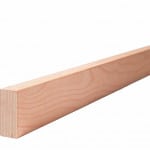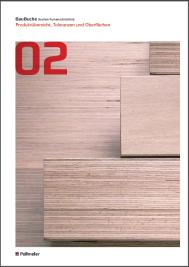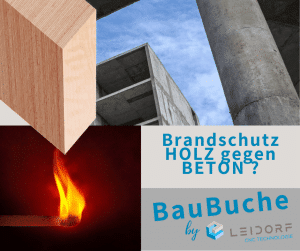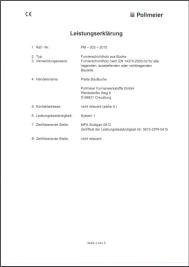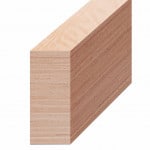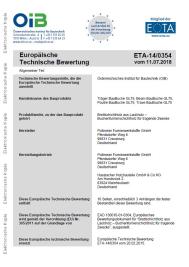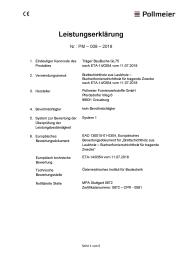The Institute for Computer-Based Design (ICD) and the Institute for Structural Design (ITKE) at the University of Stuttgart, in collaboration with the Institute for Structural Mechanics (IBB) at the University of Stuttgart and the Invertebrate Paleontology (invertebrates: invertebrates) and Palaeoclimatology Department at the University of Tübingen, have designed and built a thin, segmented wooden shell made of BauBuche panels only 2 cm thick. The shell construction, called "Segmented Shell", was part of the special exhibition "baubionik - biologie beflügelt architektur" at the Staatliches Museum für Naturkunde in Stuttgart, Schloss Rosenstein. During the exhibition period, this domed structure welcomed visitors as soon as they entered the museum space for which it was designed and confronted them directly with the beauty of the material's surface design. The geometry of the pavilion also allows visitors to walk around the shell and take a close look at the technical execution.
Joining individual panels by tilting finger joints
With spans between around 7 m and 8 m, the thin segmental shell covered around 70 m2. In the process, 96 individual slabs formed the segmented shell structure, which was about 3.60 m high in the stitch. 
Special type of sea urchin "sand dollar" as model for the construction
The "Segmented Shell" is one of a series of experimental buildings at the University of Stuttgart that is investigating the application potential of new computer-based design, simulation and manufacturing methods in architecture. Its completion was preceded by an investigation into the construction of shells of highly adapted sea urchins called "Sanddollars". These consist of modular polygonal plates connected at the edges by finger-like calcite protrusions and organic fibres. Sand dollars also show high geometric diversity in terms of overall shape and plate arrangement, and their skeleton is also characterised by high load-bearing capacity. In this sense, the shell of a sand dollar exhibits morphological characteristics that are also required of many shell structures in building construction: a predominantly flat curvature, openings and connections between the upper and lower surfaces. This sea urchin species therefore serves bionics (science that attempts to solve technical problems based on nature's model) as a suitable model for shell-like constructions in building construction and thus also for the exhibition's thin wooden dome. BauBuche, in turn, provided the ideal material properties for this.
- Text by Susanne Jacob-Freitag -

